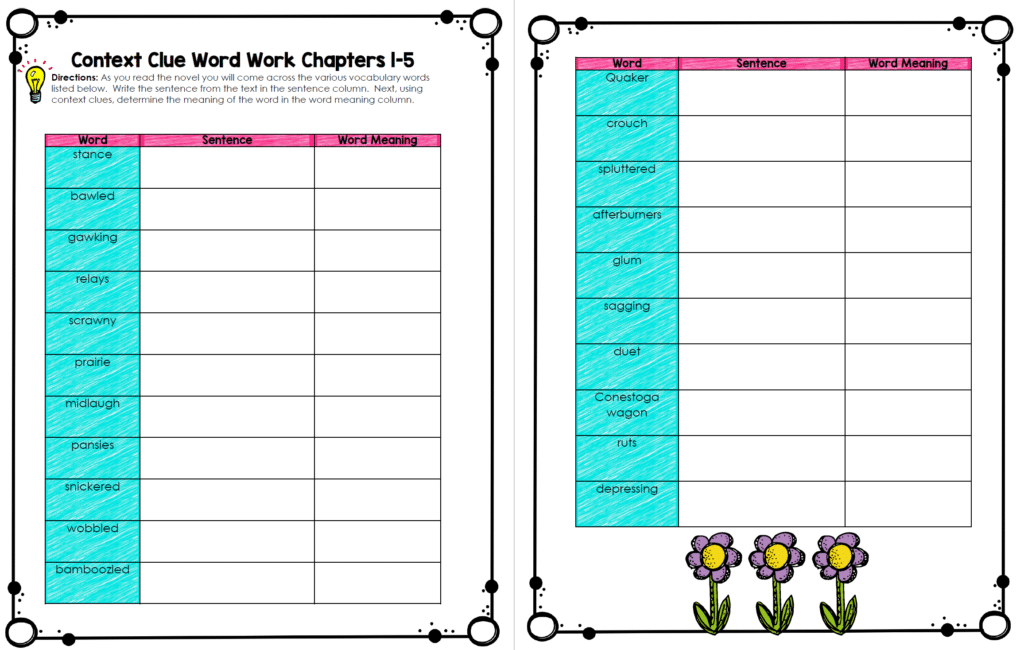
As ELA teachers, we are constantly looking for new tools and resources to help our students improve their reading, writing, and fluency. While textbooks and other traditional teaching methods hold an important role, the internet has expanded our options for unique teaching tools. From teacher-created resources to interactive technology, finding new favorites for your teacher toolbox has never been easier.
What Is A Teacher Toolbox?
The teacher toolbox is a metaphorical term for me. I don’t actually have a file cabinet filled with lesson plans and learning devices. Instead, I think of my toolbox as a file of resources I am familiar with and can apply to different situations. This includes materials, resources, and strategies that can be used to enhance instruction and engage students in my ELA classroom. Some of my teaching tools are designed to supplement classroom instruction, while others are complete units I use to teach a subject like poetry.
tools for Differentiaton
There are a few core reasons why I incorporate a wide array of teaching tools. The first is to differentiate instruction so that I connect with different types of learners. The second reason is to boost engagement, especially when the subject matter is more challenging. The third reason I keep a diverse set of teaching tools is simply for preparation. The more “solutions” I have to help students learn, the more time I can spend on individualized instruction and addressing the needs of all learners.
What is in My LanGuAge Arts Toolbox?
Over the 20+ years I have taught language arts, I have created and utilized a variety of ELA resources. While each year is unique in terms of individual needs, I have reached a place in my career where I have a large collection of lesson plans and tools that cover almost every situation. Listed below are my favorite teaching tools to use with upper elementary and middle school students. In each case, I have created my own resources that feature the assignments and activities I’ve found to be the most engaging for students.
1. Readers theater

Reader’s theater is one of my favorite teaching tools for language arts. Students read aloud from a script, and depending on how creative you decide to get, you can incorporate props, costumes, and other theatrical elements. Reader’s theater is a highly engaging activity that enhances student fluency, enriches reading comprehension, and strengthens vocabulary and pronunciation.
Learn more about this amazing ELA teaching tool…
2. Task cards

Task cards are a great way to review and reinforce key concepts in the ELA classroom. The best thing about task cards is that you can apply them to almost any topic. I use them for character analysis, grammar rules, guided discussion, and to review vocabulary. Students can engage with task cards in a variety of ways, including through literacy centers, independent practice, and small group activities.
Learn more about how I use task cards below…
3. Novel study units

Having a good study unit to use in conjunction with your novels is essential. Beyond the need to assess reading comprehension and analysis, a good novel unit can actually inspire MORE reading. Over the years, I have created several novel units, including some for my favorite books. Every teacher has their own preference when it comes to comprehension activities, but my favorites are journal prompts, short answer questions, context clue work, and plot organizers.
Learn more about teaching with novel units below…
4. ELA sub plans

Sub plans are an essential tool for EVERY classroom. Each year I update my sub binder to include all of the information and guidance a substitute teacher needs to have a successful day. Sub plans can include many different kinds of activities, but I have had a lot of success using my reader’s theater toolkits as an emergency plan. Regardless of which activities you include in your sub binder, make sure you keep your roster and schedule current to help your sub navigate the day.
More tips and templates for creating your own sub plans…
5. Classroom management Tools

Classroom management is a broad but important consideration for all teachers. Defining your rules, procedures, and schedule is the first step to building an effective learning environment. The next step though, is just as important, and that is to create an atmosphere that promotes learning. Combining practical needs with an engaging layout is where teachers get to be their creative best. For my classroom, I try to design reusable resources so that I can refresh my classroom throughout the year.
More class management tips and ideas…
- My ELA Classroom Setup
- ELA Word Wall Made Easy
- 25 Must-Haves for Your Classroom
- Classroom Management Activities and Resources
Are you looking for more teaching tools for your ELA classroom? My TPT store offers the same resources I use with my own language arts students. From readers theater scripts to novel study units and class management resources, I’ve made it easier than ever to quickly build your own ELA teacher toolbox!



